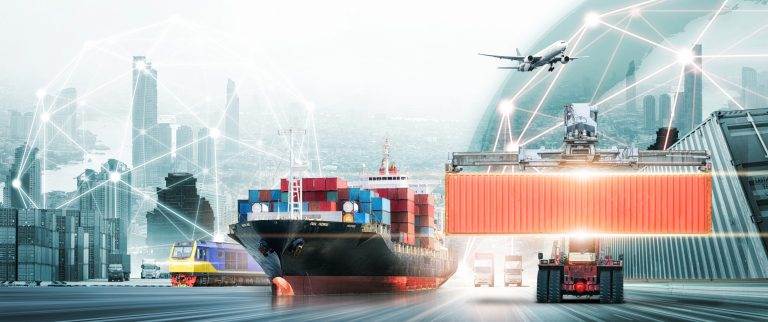Questions about transportation’s impacts on your work? Contact Dave Thomson at dthomson@hanson-inc.com.

We don’t think about it much — transportation, that is. Usually, if we do, it is because of a circumstance that interferes with our lives — trucks on the road that are slow to accelerate after a stop light; waiting at a railroad crossing for a slow train to clear; sitting in the cellphone lot at an airport, waiting to pick up someone whose flight is delayed. We have all been inconvenienced because of transportation realities.
Have you ever considered the value — and critical need — of transportation? Most of the time, people don’t give transportation a second thought, as it is a given in today’s economy. But why is transportation important to you, a freight shipper?
Transportation creates value for a product in a different location.
Imagine that you want to build a raised bed in the garden this spring. You think, “I will go get the materials.” Lumber, nails or screws, topsoil, etc., can all be picked up at the local lumber yard or big-box store, right?
It requires transportation to get everything you need. Mature trees on a tree farm must be TRANSPORTED to a sawmill. Once processed, they are TRANSPORTED to a distribution site. Stores order the lumber, and it is TRANSPORTED to the store. Then, you TRANSPORT yourself to the store and TRANSPORT the lumber home.
Some of us work at companies that supply these products. Many industrial firms produce raw products that are part of finished consumer goods. In all cases, transportation moves your company’s products to your customers. Even your order through Amazon wouldn’t work without transportation.
In the next few blog posts, we will explore how transportation affects you professionally and personally. We will focus on several topics and how they influence where we work, where we live and even which profession we choose.
We will review four general drivers for transportation and distribution:
- large raw material production regions (mines, agricultural, forest products)
- large manufacturing regions (Gulf Coast chemicals, auto industry, energy production)
- large consumer consumption areas (metropolitan areas)
- areas situated along established transportation routes (inland rivers, most efficient rail routes, interstates, natural harbors)
We will also discuss how transportation networks form and are later enhanced:
- natural corridors (rivers, mountain passes, harbors)
- human-derived (raw material production, rail routes, waterway improvements, population centers, manufacturing clusters)